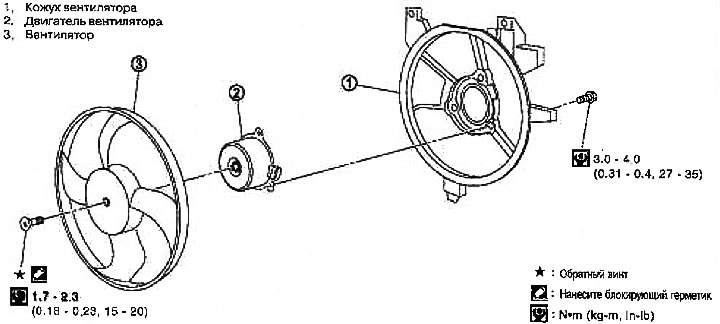
1. Fan cover; 2. Fan motor; 3. Fan
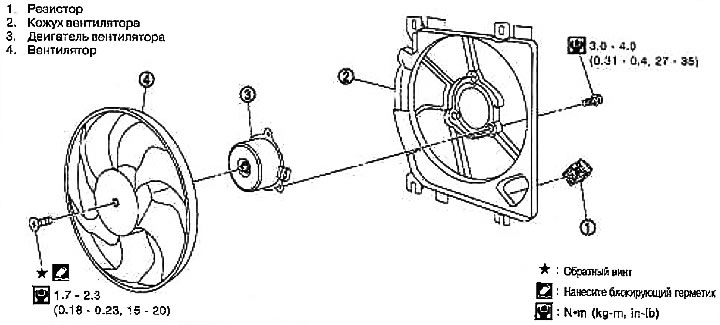
1. Resistor; 2. Fan cover; 3. Fan motor; 4. Fan
Disassembly
1. Remove the fan.
Attention: The return screw is used to fix the fan. When removing or installing, turn the screw in the opposite direction to the normal screw.
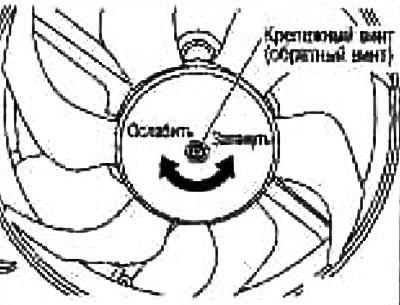
2. Remove the fan motor from the shroud.
Assembly
Assembly is carried out in the reverse order of disassembly.
Apply blocking sealant and tighten the screw.
Checking the Radiator Cap (on models without air conditioning)
1. Pull the vacuum valve open and make sure it closes completely when released.
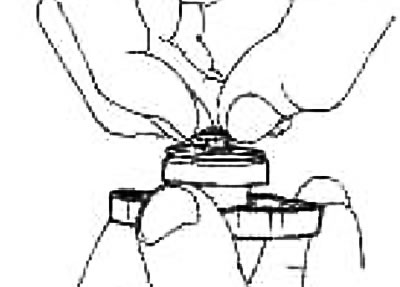
Make sure the radiator cap vacuum valve seat is free of dirt and damage.
Make sure that no abnormalities are observed when opening and closing the vacuum valve.
2. Check the lid release pressure.
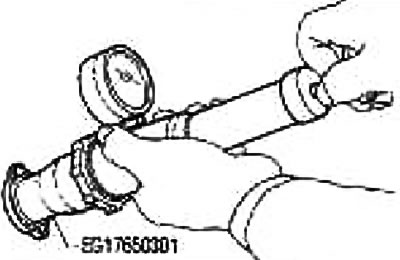
Standard: 78-98 kPa (0.8-1.0 kg/cm2)
Limit: 59 kPa (0.6 kg/cm2)
When connecting the radiator cap to the pump, apply water or engine coolant to the cap seal.
If the vacuum valve is abnormal or the opening pressure is not correct, replace the radiator cap.
Attention: When installing the cap on the radiator, carefully wipe the radiator neck and remove wax deposits and foreign particles.
Tank cap check (on models with air conditioning)
Attach the adapter to the pump as shown in the figure on the right.
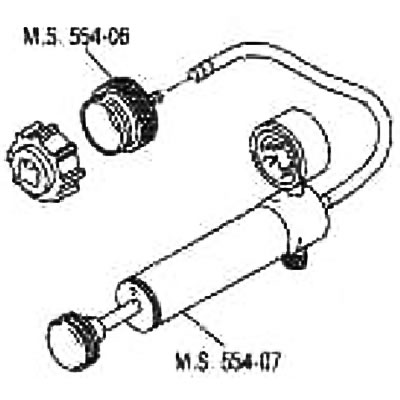
When connecting the reservoir cap to the pump, apply water or engine coolant to the cap seal.
Check reservoir cap release pressure.
88 kPa (0.90 kg/cm2)
If engine coolant leaks through the cap or shows signs of dripping, replace the reservoir cap.
Checking the cooling system hoses
Check if the hoses are connected correctly, for leaks, cracks, chafing, wear, or loose tightening.